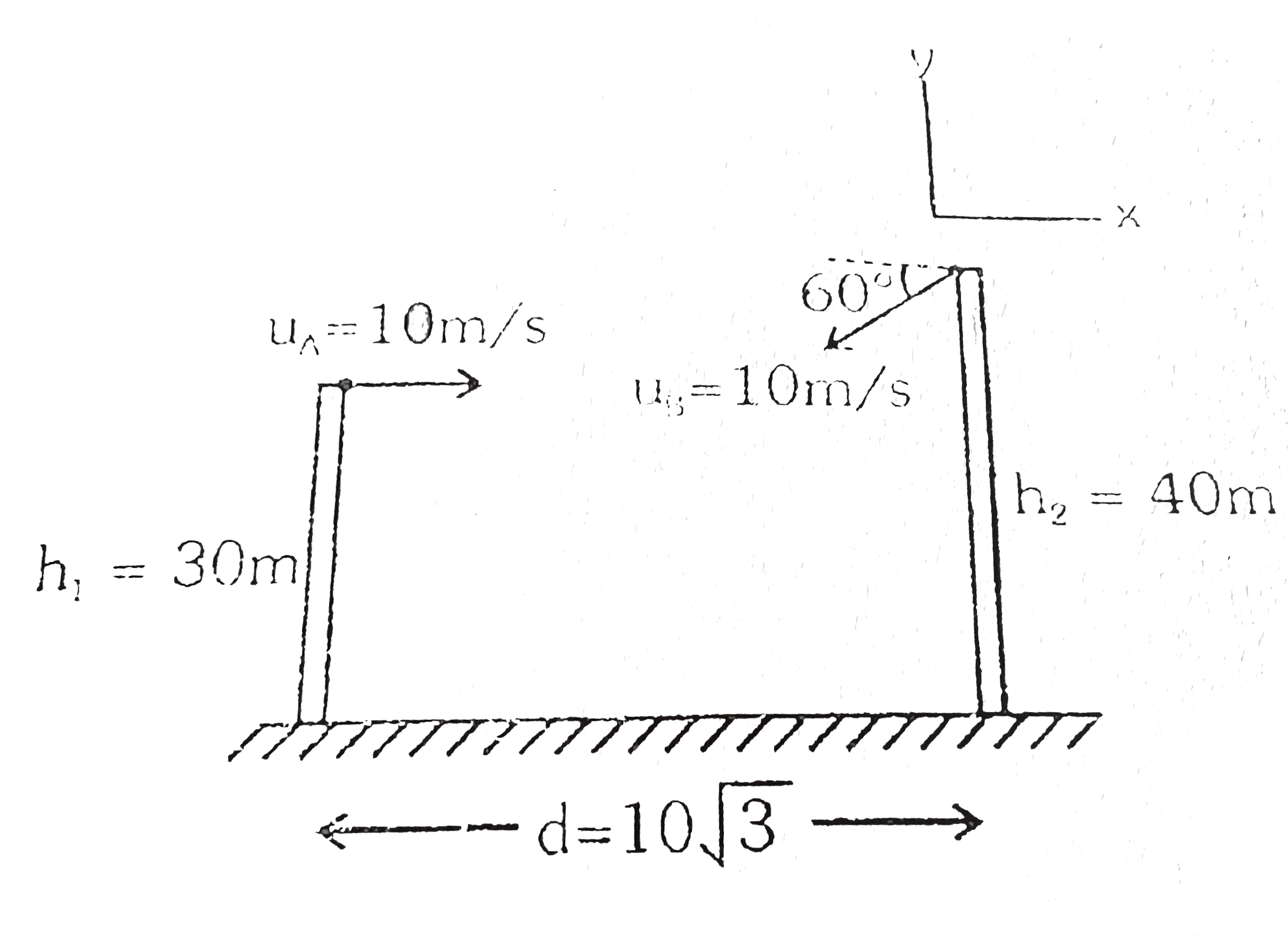What is the type of collision when macroscopic particles collide?Solution in Malayalam
Step by step video & image solution for What is the type of collision when macroscopic particles collide? by Physics experts to help you in doubts & scoring excellent marks in Class 11 exams.
Topper's Solved these Questions
Similar Questions
Find the odd one out and find the relation connecting the remaining quantities. Joule, Calorie,Kilowatt, electron volt
04:07View SolutionVelocity of sound in vaccume is
01:20View SolutionIf two particle are projected as shown then find i.e.,

(i) Particle collide or not.
(ii) If collide, then find collision time02:04View SolutionA completely inelastic collision is one in which the two colliding particles
15:10View SolutionA particle of mass m, collides with another stationary particle of mass M. If the particle m stops just after collision, then the coefficient of restitution for collision is equal to
05:25View Solutionएक गतिशील कण समान द्रव्यमान के दूसरे पूर्णतः कण से टक्कर करता है। टक्कर सम्मुख नहीं है परन्तु पूर्णतः प्रत्यास्थ है सिद्ध करिये की टक्कर के पश्चात ये कण परस्पर लंबवत गति करेंगे ।
02:36View Solutionसरल रेखीय प्रत्यास्थ टक्कर में यदि कोई कण से टकराते है तो टक्कर के पश्चात कणो के वेगो में क्या सम्बन्ध होता है ?
03:21View SolutionGas molecules collide with each other and with the walls of the container. What is the type of these collisions.
02:51View SolutionA particle moving with certain velocity collides elastically with another particle at rest. If it were head on collision, the K.E. transferred by the colliding particle is 100% when its mass is equal to
View Solution(A) Collision doesn.t require physical contact (B) Collision between sub atomic particles is elastic (C ) Collision between macroscopic bodies is generally inelastic.
03:21View SolutionA moving particle of mass .m. makes head-on elastic collision with a particle of mass 2m. which is initially at rest. What is the fraction of K.E. lost by colliding particle ?
02:51View SolutionA particle moving with certain velocity collides elastically with another particle at rest. If it were head on collision, the K.E. trensferred by the colliding particle is 100% when its mass is equal to
01:20View SolutionA) Collision doesn.t require physical contact
B) Collision between sub atomic particles is elastic
C) Collision between macroscopic bodies is generally inelasticView SolutionA completely inelastic collision is one in which the two colliding particles
View SolutionA particle moving with certain velocity collides elastically with another particle at rest. If it were head on collision, the K.E. transferred by the colliding particle is 100% when its mass is equal to
02:50View Solution

